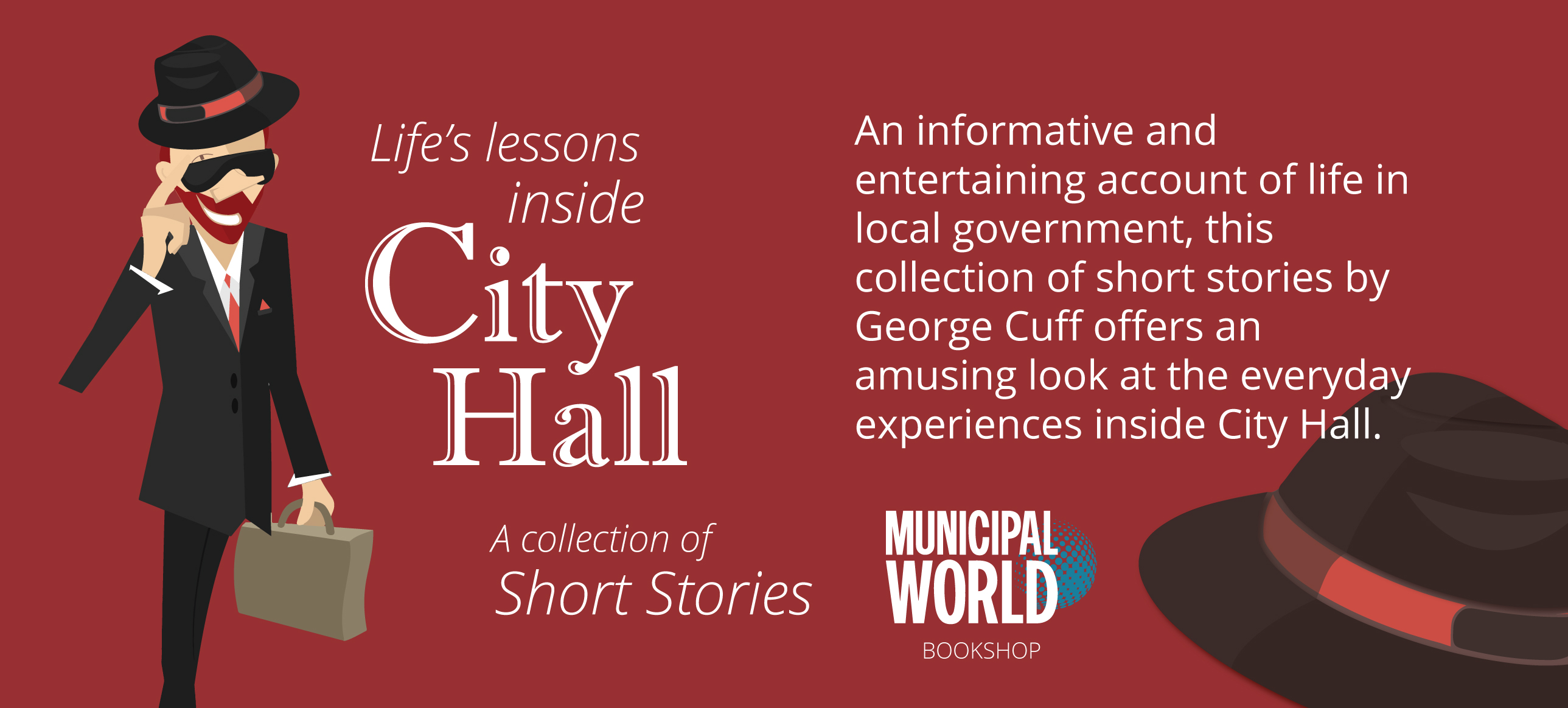Responding to online conflict: Lessons from theory and practice

Social media has gone from fad to necessity in municipal government. It offers unique and important opportunities to connect with people, promote a community’s brand, and to provide valuable information to residents, quickly. There has been a significant uptake of social media use not only by municipalities, but also by individual politicians. But, of course, it’s not without its challenges. Because of the speed at which information travels and dialogue occurs, as well as the anonymity offered by social media, conflict can occur – whether it’s an aggrieved resident or an online troll, negativity can have significant impacts for the organization, municipal employees, and the public at large.
Delegates got the chance to explore best practices for handling conflict online, both from a theoretical and practical perspective at the 2018 AUMA convention in Red Deer, Alberta. Kathryn Kolaczek of Alchemy Communications and Mayor Tara Veer of the City of Red Deer spoke, offering insight and practical examples of how to avoid and manage online conflict for municipalities and politicians.
Best Practices for Managing Conflict
Kolaczek spoke about the difference between social media and other outlets, pointing out that it takes a specific type of message to resonate on social media, and that the message can’t simply be a repeat of a story from the local newspaper. Some of the best practices include: remembering that you’re having a dialogue, rather than making a statement; keep it short and link to a more fulsome resource if it’s a complicated subject; and be vigilant about staying on top of the messaging. The trick to social media, she said, was to treat it as a “narrowcast” rather than a broadcast – making individual connections by being personal and interactive, rather than simply providing the information.
The key is to understand that there are two different types of people who might cause conflict: those who are legitimately upset by an issue, and the online “troll” who is more interested in stirring discontent than having a discussion. For the first group of people, it is important to work to correct information, apologize if necessary, and (where possible) take the discussion offline in an attempt to validate the concerns. On the flipside, trolls are resistant to correcting misinformation and have a habit of being difficult. They’re just angry people. Be reasonable and do not devolve to their level.
The final point is to have a concrete policy at both the individual and organizational level. Be transparent with social media use. Don’t block/delete unless absolutely necessary (e.g., it’s offensive), and be transparent if something occurs. Welcome feedback and suggestions on social media, and work to develop a dedicated, loyal, and active follower base. For the individual politicians, it’s important to have a council code of conduct, emphasizing behaviour in and out of meetings, with specific penalties for social media misuse.
Red Deer Example
As a practical example of social media’s impact in a community, Mayor Veer spoke of Red Deer’s example, not only outlining general usage within the community, but also discussing some of the important features and challenges that the community faces.
Red Deer uses social media to push out operations information (e.g., issues like potholes, snow and ice control), but Red Deer is also able to help shape the media message in a changing landscape, engage with a younger demographic, build momentum on key issues, and bridge between orders of government. As Veer suggested, communicating early – even on relatively benign topics – can help to minimize conflict. Tied to this, the earlier you get things out and get out in front of challenging issues, the more you can control the “spin.” There is a new normal with government – increasingly polarized, sometimes outright hostile, but being proactive is going to make you as successful as possible.
But, more than being proactive, it is about being positive. It is about making the individual connections with community members, about making government personal, and about being professional even in the face of challenging situations (and sometimes that means not responding at all). Veer described it as a way to “invite the public in” or to “make government personal” – and, as municipalities are the order of government closest to the people, they have a unique opportunity to impact their communities.
The last critical issue that Veer spoke on was balance. There are those who are going to criticize no matter what – if your social media is too content heavy, you’ll face accusations of being robotic; if there’s too much smiling or embracing the “social” side of social media, there might be accusations about productivity. Finding that balance, not just between content types, but with social media and other outlets, is key.
Ultimately, the biggest takeaway might be this: as much as people want information, they still want to engage with real people. Social media is a great tool, but it must be about people. Making sure that your social media reflects that will go a long way to avoiding some of the challenges that the medium brings. While you will never eliminate conflict, reducing it is attainable if you work at it. MW



